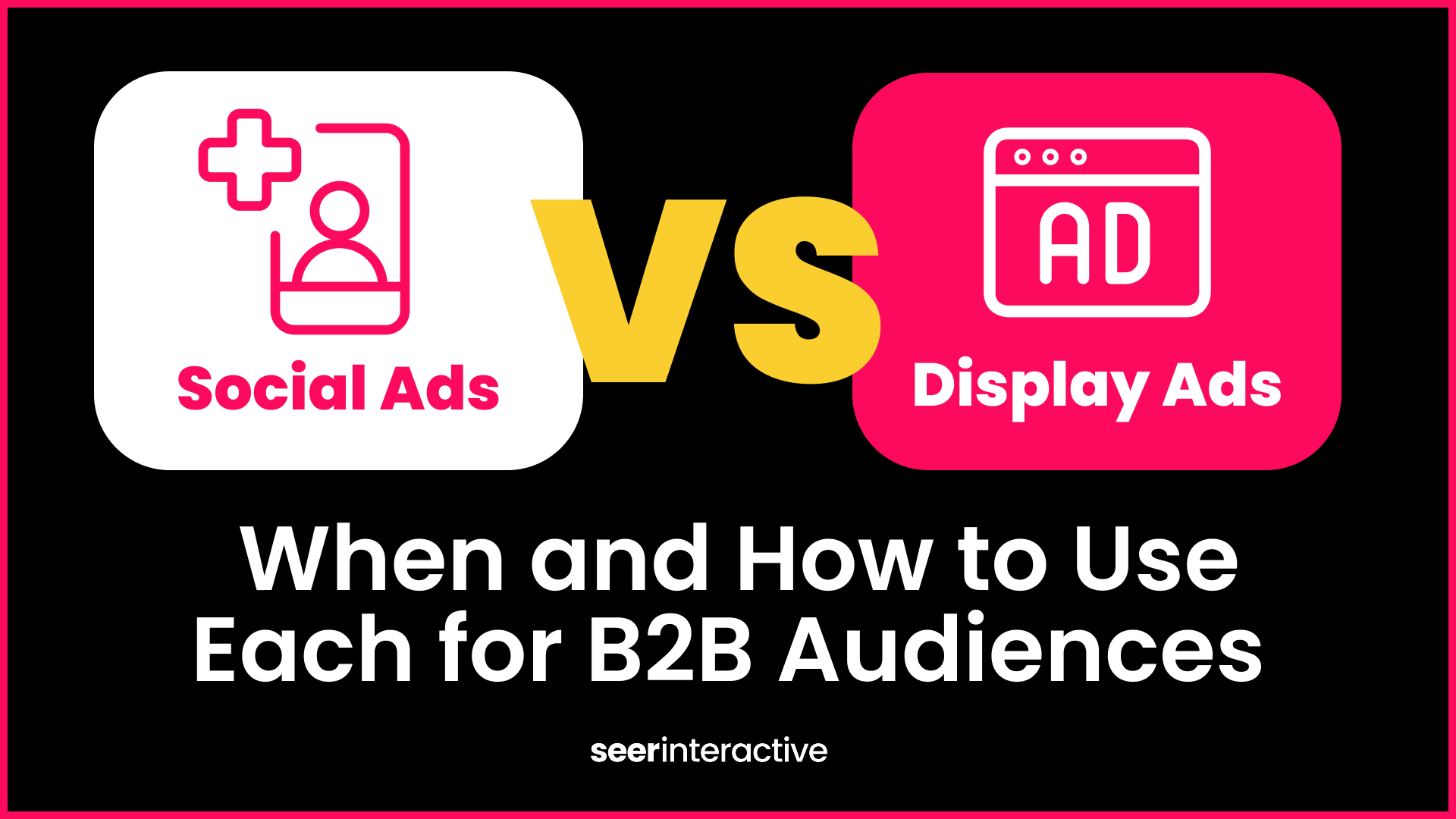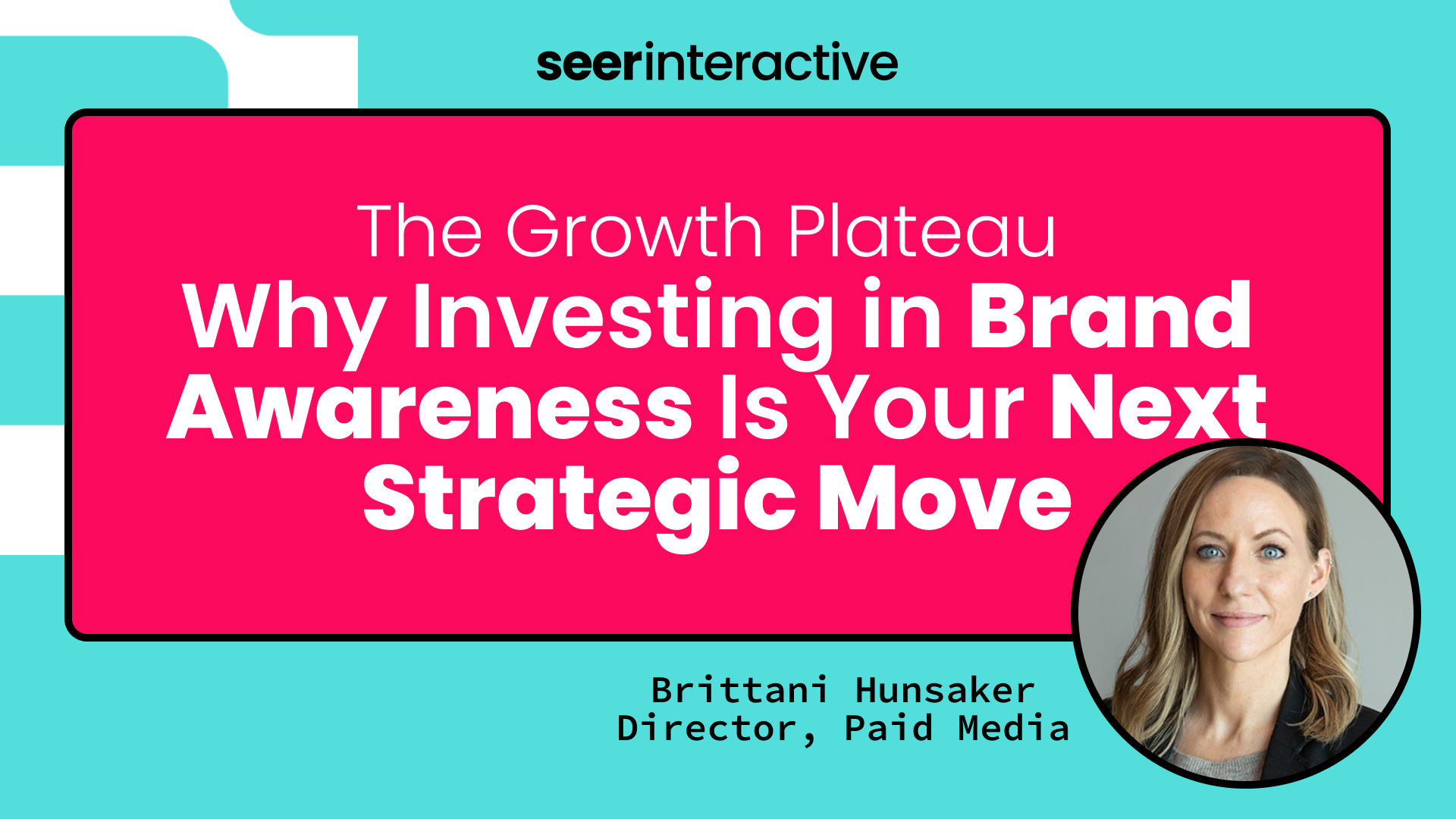If you’re looking to step up your LinkedIn advertising game, Document Ads might be just what you need. This newer ad format lets you share downloadable content—like eBooks or white papers—directly in your audience’s LinkedIn feeds. The best part? Users don’t have to leave LinkedIn to access your content, making it super easy for them to engage. Ready to learn how they work? Keep reading!
What Are LinkedIn Document Ads?
Document Ads allow you to share downloadable content—like white papers, eBooks, or case studies—directly in the LinkedIn feed. Users can easily read or download the document without ever leaving LinkedIn–a huge win for driving engagement and creating a seamless user experience.
[TIP] You can also gate your content behind LinkedIn's Lead Gen Forms, allowing you to collect valuable information from users in exchange for access. This makes it easier than ever to offer high-value content to users, while driving conversions and generating leads for your business.
What Benefits Do Document Ads Offer?
Why should you consider using Document Ads on LinkedIn? Here’s the lowdown:
-
Boost Engagement: Share valuable content like industry reports or best practice guides that users can access without friction. The more useful and relevant your document, the more likely people will engage with it.
-
Generate High-Quality Leads: Gated documents give you the opportunity to capture leads by offering content users find worth exchanging their contact information for.
-
Build Awareness and Nurture Audiences: By consistently offering thought leadership content, you can educate your target audience and foster brand loyalty.
-
Measure Content Interest: LinkedIn offers detailed insights into how users interact with your Document Ads, including views, downloads, and Lead Gen Form completions, helping you optimize future campaigns.
How Document Ads Work
Here’s a simple breakdown:
- Pick Your Objective: Decide what you want to achieve with your ads. Is it building brand awareness? Getting people to engage with your content? Collecting high-quality leads? Once you define your goal, you’ll be able to determine which pieces of content to promote.
- Choose Your Content: You can use eBooks, white papers, or infographics that you already have, or create something new, depending on your goals.
- Add a Lead Gen Form (optional): If you're focused on lead generation, you can gate your content by adding a lead gen form and requiring users to submit their contact information in exchange for accessing the full document. See the screenshot below for an “at-a-glance” view of the UI flow!
- Launch & Monitor: Once your ads are live, set your budget and schedule. Keep an eye on key metrics like click-through rate (CTR), downloads, and leads to see how your ads are performing.
Document Ad Specifications You Should Know
Before diving into ad creation, be aware of the following technical specs:
-
File Types: PDF, DOCX, DOC, PPT, PPTX
-
File Size: 100MB maximum
-
Page Limit: Up to 300 pages or 1 million words
-
Aspect Ratio: Vertical, Horizontal, or Square options
[TIP] Your file acts as your creative, so make sure your content has an engaging cover page! We recommend keeping text to a minimum, and including your brand’s name and logo to ensure it’s quickly and easily recognizable by users.
Best Practices for LinkedIn Document Ads
To maximize the impact of your Document Ads, follow these key best practices:
Document Optimization:
- While there are several acceptable file formats, PDFs typically offer the best quality.
- Create easily digestible content, especially on mobile devices. Think short, scannable, and visually engaging.
- Limit documents to 10 pages or fewer to avoid overwhelming readers.
Lead Generation Optimization:
- Use 3-4 preview pages to spark curiosity for gated content.
- Ensure your Lead Gen Form is simple to complete, especially on mobile devices.
- Personalize your content based on audience segmentation for better relevance.
- Provide high-value content that justifies the user sharing their personal details.
Campaign Optimization:
- Regularly monitor your lead form completion rate and cost per lead. If you start to see performance decline, we recommend diving into your campaign insights to ensure your ads are serving to the right users.
- Continually test new pieces of content– not only will this help you avoid ad fatigue, but you’ll also gain a better understanding of what types of downloads your target audience is most interested in.
Final Thoughts
By mastering LinkedIn Document Ads, you can elevate your ad strategy, engage your target audience, and ultimately drive stronger business results. Whether you’re using them to boost brand awareness, get more engagement, or collect leads, knowing how to optimize your ads and track the results is key. Happy testing!
Want to learn more about LinkedIn advertising? Check out our other blog posts:
Your Complete Guide to LinkedIn Ad Types for 2024
Reconnect with your Audience on LinkedIn
Why LinkedIn Should be Part of Your SEO Strategy


